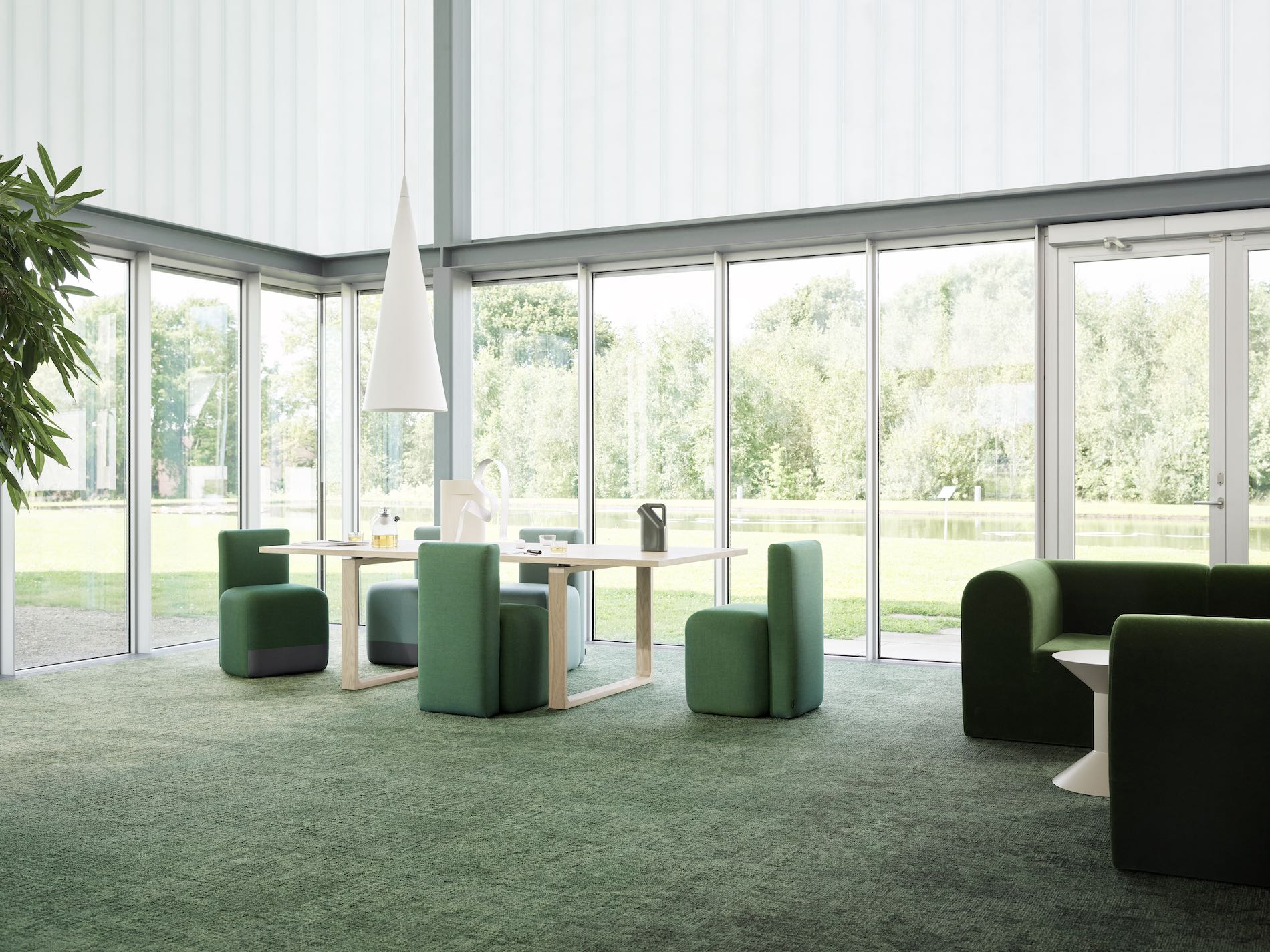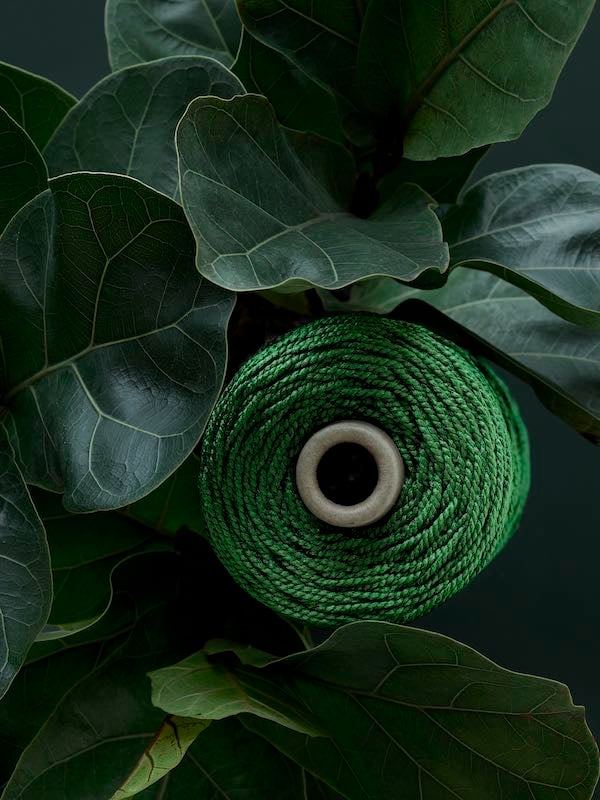
Everyone's talkin' sustainability but what does it mean when it comes to carpets? Certainly, there's a growing trend in producing a sustainable carpet that's made for the circular economy and that can achieve Cradle to Cradle certification. What are eco-friendly materials? Is wool sustainable, for example? What about nylon - where does that fit in? Let's explore just what eco-friendly carpet materials really are.
As a carpet consists of more than 200 components, it can be challenging working out how sustainable the materials are. Like any other product, carpets can have a range of environmental impacts and must be measured by a number of eco-friendly parameters. These include whether the constituent materials are recycled or renewable, whether they enable easy regeneration, the durability of the materials and the after-use purposes to which they can be applied.
From a sustainability perspective, carpet yarns made from recycled products are a good eco friendly option as they limit waste and the use of natural resources. Used carpeting, discarded fishing nets or textile waste from clothing manufacturing, for example, are all materials that are repurposed as carpet yarn.
Recycled nylon yarns are also among the most eco-friendly today because they can be reused, completing a closed-loop. Used recycled yarn can either be transformed into new nylon products or converted again and again into new yarn. In fact, their recycled form performs equally well, if not better, than their virgin form and it's where we are witnessing the biggest growth in the carpet market.
In addition, processing reused yarn consumes substantially less energy. As such, regenerated nylon is better when it comes to climate change, as well as being a solution for nylon waste. The process reduces the global warming impact of nylon by up to 90% compared with the material from oil.
Wool is also a very eco friendly carpet material, coming from a renewable source and being biodegradable. It breaks down quickly, returning essential plant nutrients such as potassium, nitrogen and phosphorus to the soil.
Wool also scores high for its durability. High quality wools, such as long fibre wools from New Zealand, are capable of long-lasting durability. However, it should be pointed out, wool is only a truly eco-friendly carpet yarn if the production methods are also environmentally responsible.

Like the recycled yarn, the most sustainable carpet materials for backings are found in recycled materials. Used plastic bottles, for example, can be converted into plastic flakes and then into soft fibres to form a sound-absorbing PET-felt backing. Made from 100 percent recycled materials, this felt backing has no negative emissions.
As well as being made from recycled products, the felt has the eco-friendly quality of being regenerable. This means that after use, it can be broken down and reused to become part of new PET products, such as vehicle interiors and noise-absorbing materials.
Which leads us to the use of mono materials in carpet production. One of the biggest challenges of recycling carpets after their service life is to dismantle the carpet so its various components can be recycled. The process of separation and purification is costly, so the development of a carpet that consists of just one type of material is crucial to enabling the easy recyclability of carpets.
Fortunately, carpet manufacturers have made great progress towards developing such a carpet. A mono polyester material is already being used in residential carpets in the United States and Ege Carpets is in the process of developing a carpet based entirely on 100 percent nylon which will be easier to dismantle and recycle. These carpets will have value after many years of use, with the potential to sell used carpet for recycling.
The most eco-friendly carpet materials are those made for the circular economy - products that are made from recycled materials and that are in turn, recyclable for further use. These can be found in yarns sourced from used carpets, discarded nylon products and industrial waste, carpet backings originating entirely from used plastic waste, and ultimately, a mono material that enables a carpet to be down-cycled.
Design inspiration delivered straight to you